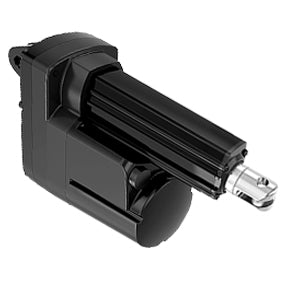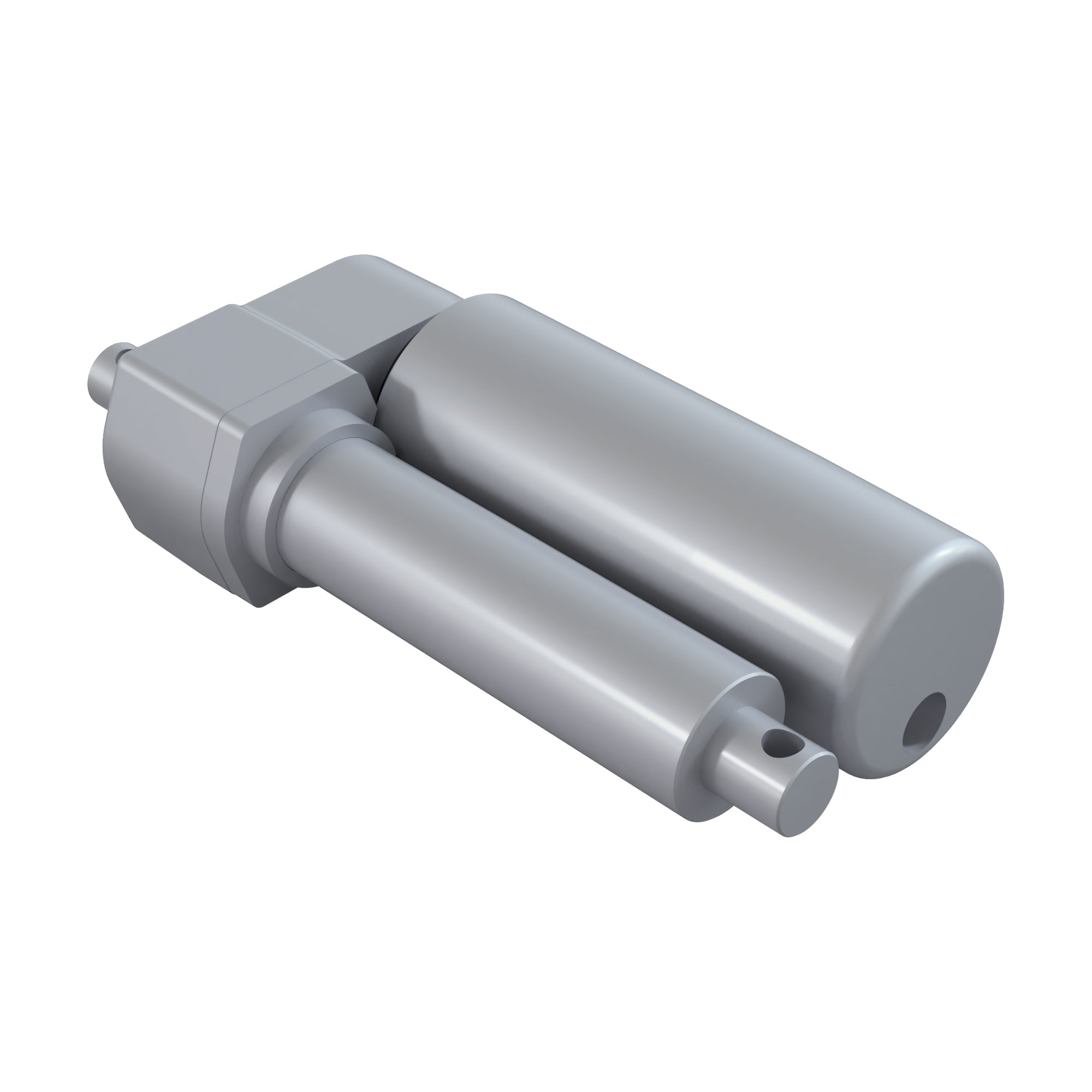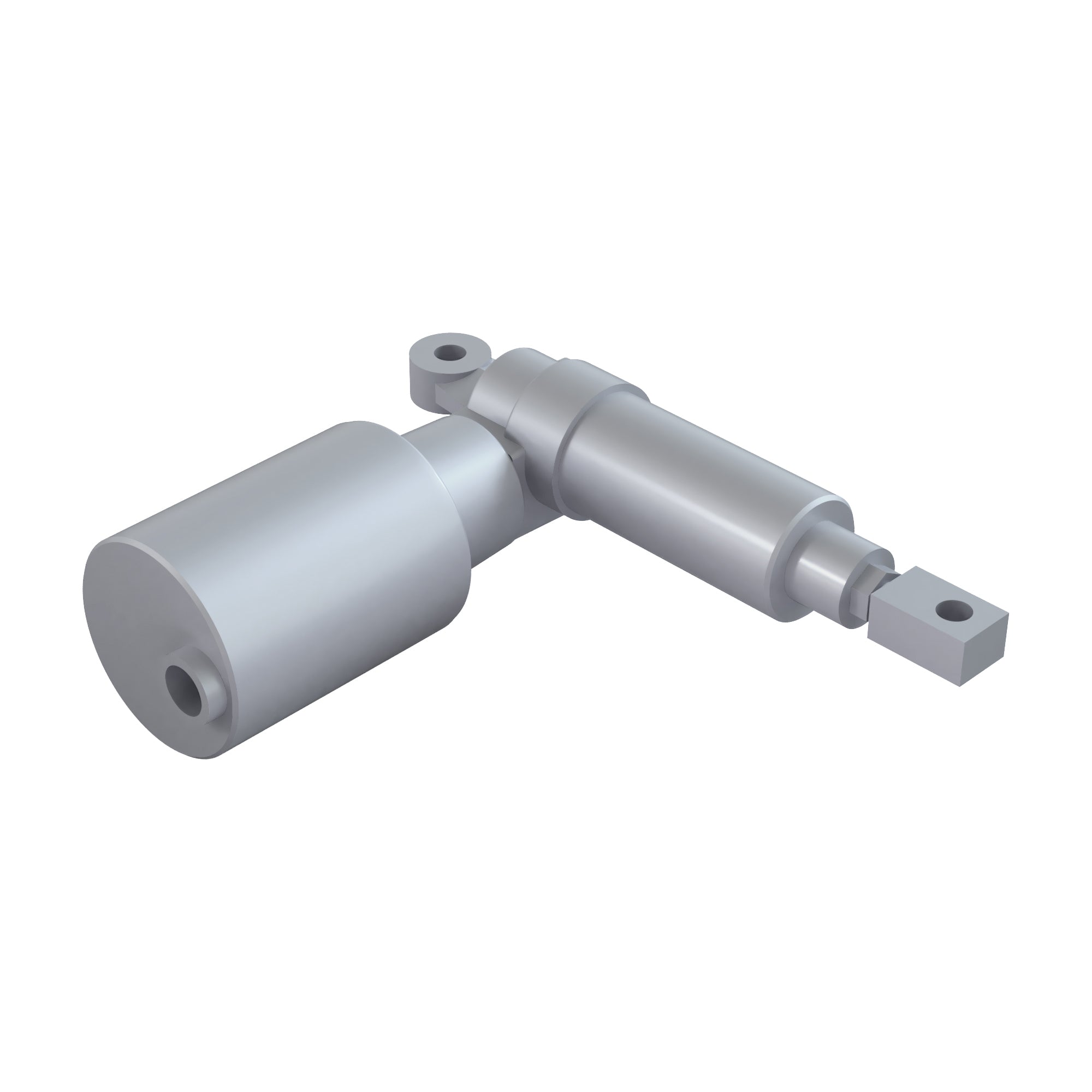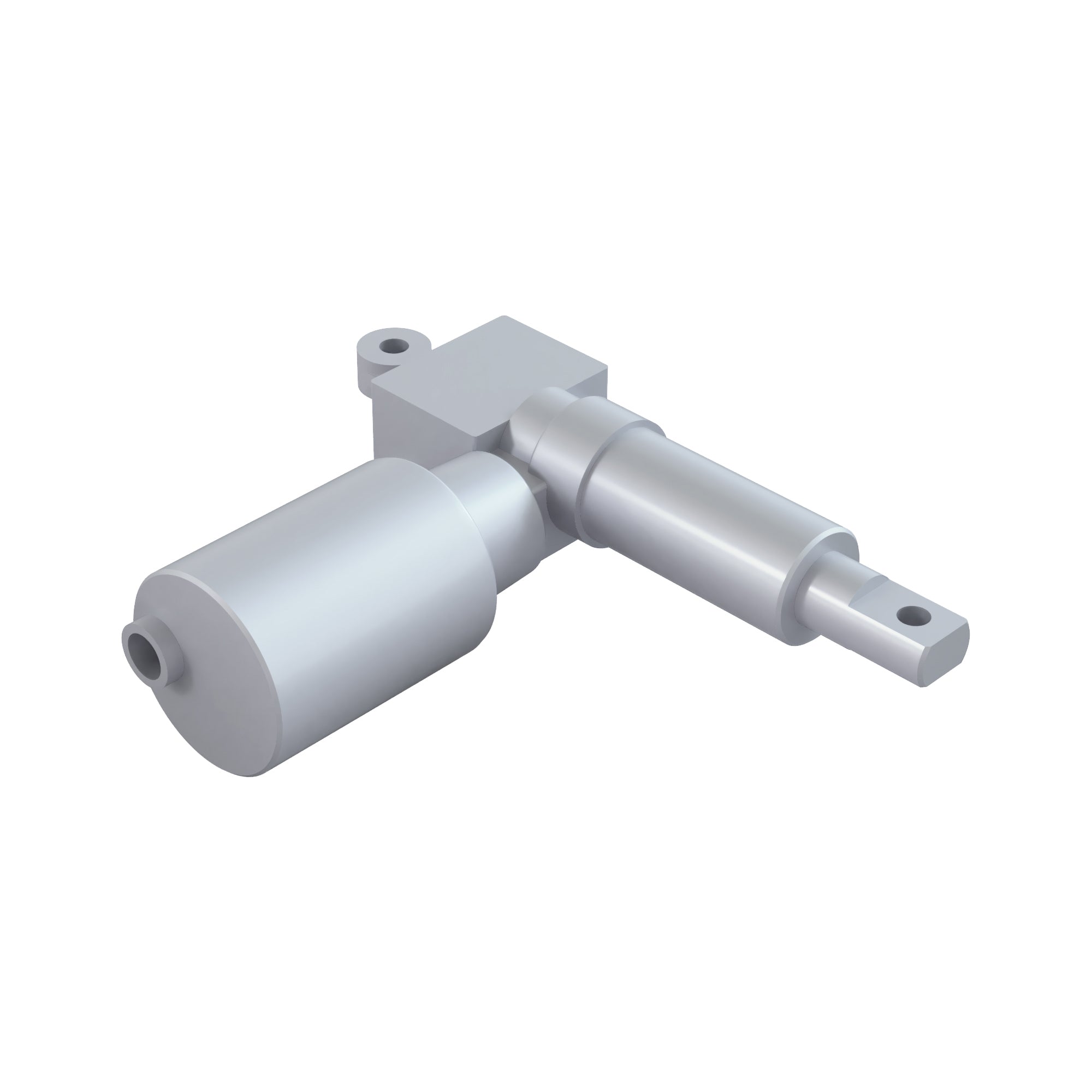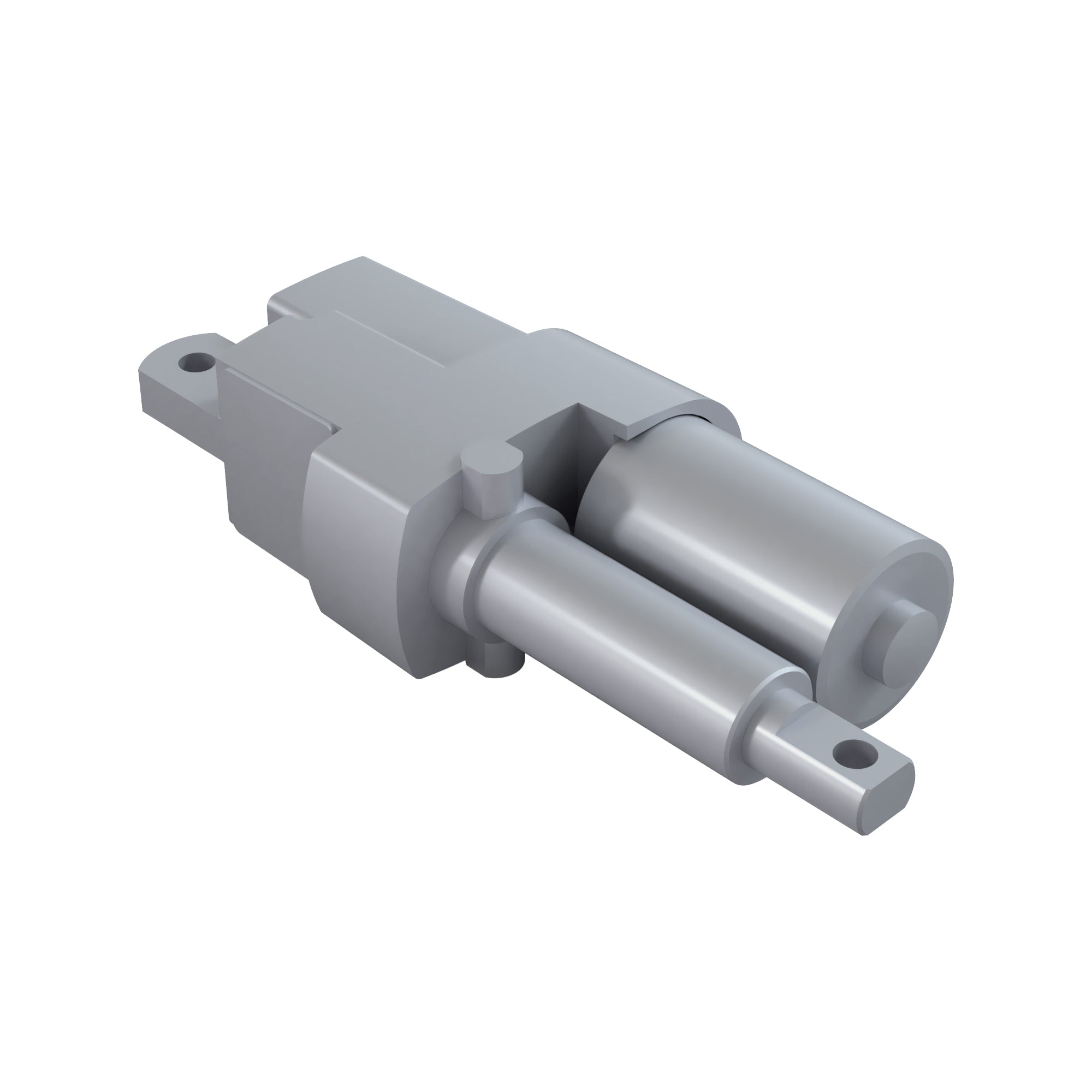Home / Material Handling / Linear Motion / ... / Linear Actuators
Linear Actuators
(9 products)
Linear Actuators
(9 products)
Page 1 of 1
Results per page
Filter (0)
Page 1 of 1
Results per page
A Linear Actuator converts the rotational motion of an AC or DC motor (torque) into a straight line motion, providing push and pull movements. Actuators can be used to tilt, pivot, lift, lower, position, roll, slide, open, close, or tension a piece of equipment, product, or device, via a solid shaft extension system. This action can be fast, precise and controlled with OEM equipment.
Within each unit are gears, lead/ball screw, and a driving nut that changes the position of the shaft. As power is applied, the nut runs up and down the screw, converting the rotary motion into linear motion.
How Can a Linear Actuator Move?
Tilt/Pivot: can be used to tilt objects, fixed at one end, up to 180-degrees from their starting position. The extension and retraction of the actuator causes the object to pivot about its stationary end.
Lift/Lower: can handle any lifting and lowering application. As the translating tube of the actuator extends and retracts, the object that the actuator is attached to is raised and lowered at a consistent speed.
Position: When an application required periodic adjustment to the position of an object(s), the motion of the actuator allows the operator to position an abject by simply pushing a button.
Roll/Slide: When it is necessary to roll of slide an object or a mechanical assembly into position the movement of the actuator causes the clamping, rolling, or sliding of the desired object.
Open/Close: Mounted on a door, gate, or valve allows the opening and closing operations on either a timed or non-demand basis. As the actuator retracts, the gate is opened at a steady rate; the extension of the actuator returns the gate the a closed position.
Tension: Offering a perfect solution for applications in which tension on a conveyor or web must be maintained and adjusted. An actuator mounted on a frame or roller extends and retracts to control the tension in the system.
Need more help?
We hope the above breakdown provides an excellent explanation of Linear Actuators motion technology and how it can be used in some common applications.



